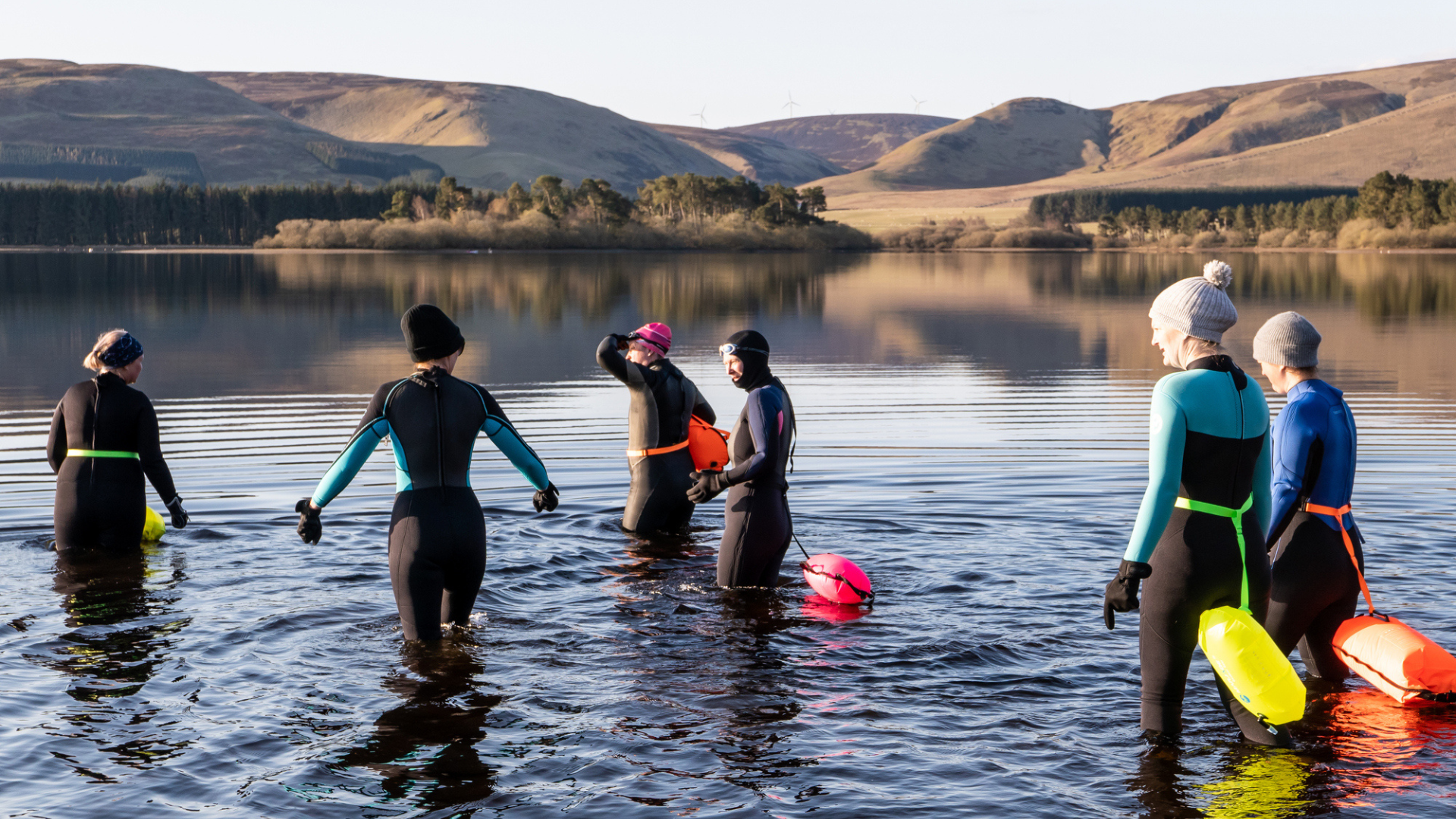The best core workout exercises for runners
We ask the experts how to strengthen core muscles for improved running performance
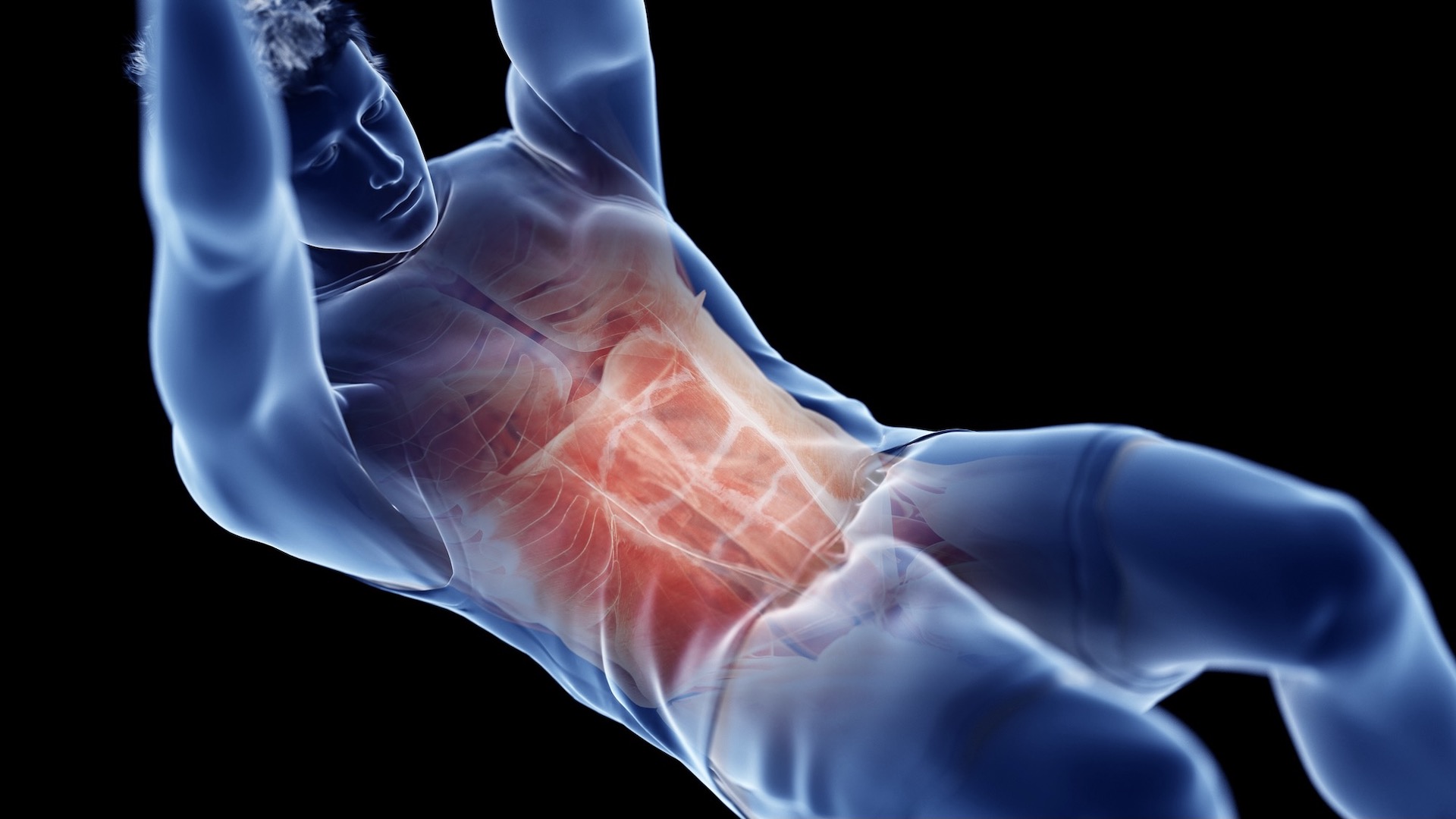
A strong body is essential for good running performance and key to this are our core muscles. The core is defined as the group of trunk and hip muscles that surround the spine, abdomen and hip. These core muscles are important to runners because they help to stabilize the body during exercise.
As personal trainer James Brady explains: “The body can work more efficiently when the core is strong and this improves form as well as balance.”
Ruth Stone, a personal trainer and fitness expert, also makes the point that core strength, as well as conditioning, impact running execution, recovery and the avoidance of injuries
“A key misconception about running as a performance sport is that you only need to run to become the best you can be," she says. "However, the fact is that conditioning and core strength are vitally important, too. Simply put, neglecting your core muscles will only hurt your progress.”
Five core exercises for runners
Brady, of OriGym Centre of Excellence, and Stone, from Sweatband, suggest their top core workout exercises (for more ideas, check out our guide to five different types of running workouts you need to know).
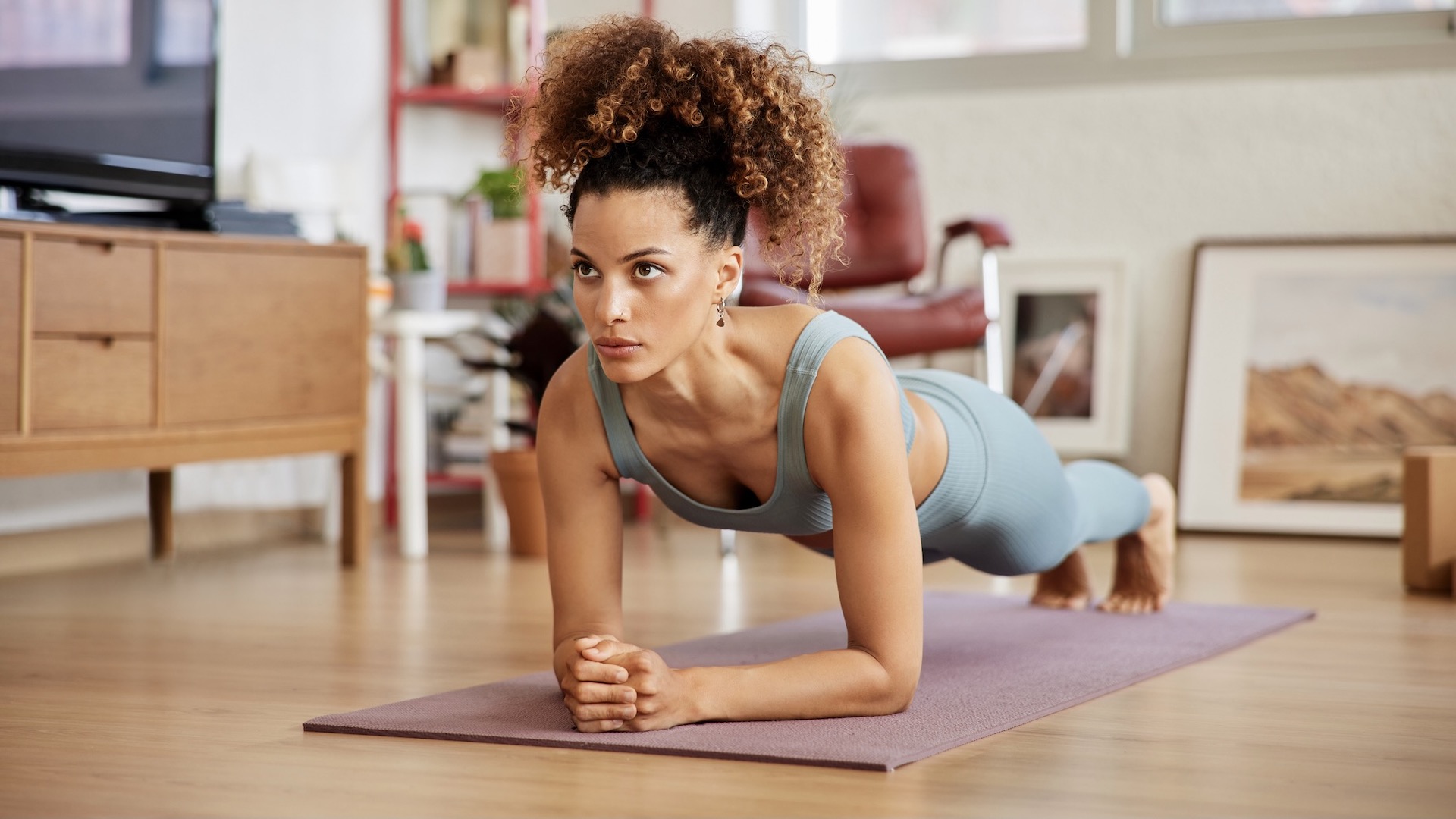
Plank: This exercise works the whole body, strengthening the core, arms, shoulders, back, glutes and legs.
To perform a plank: Start by lying flat on the ground on your front, then lift yourself up on to your elbows and toes, holding your body in a straight line from ankles through to shoulders. To start with, a plank can be held for 30 seconds, with 30 seconds rest. Repeat three times. Build up the time you can hold the plank.
Advnture Newsletter
All the latest inspiration, tips and guides to help you plan your next Advnture!
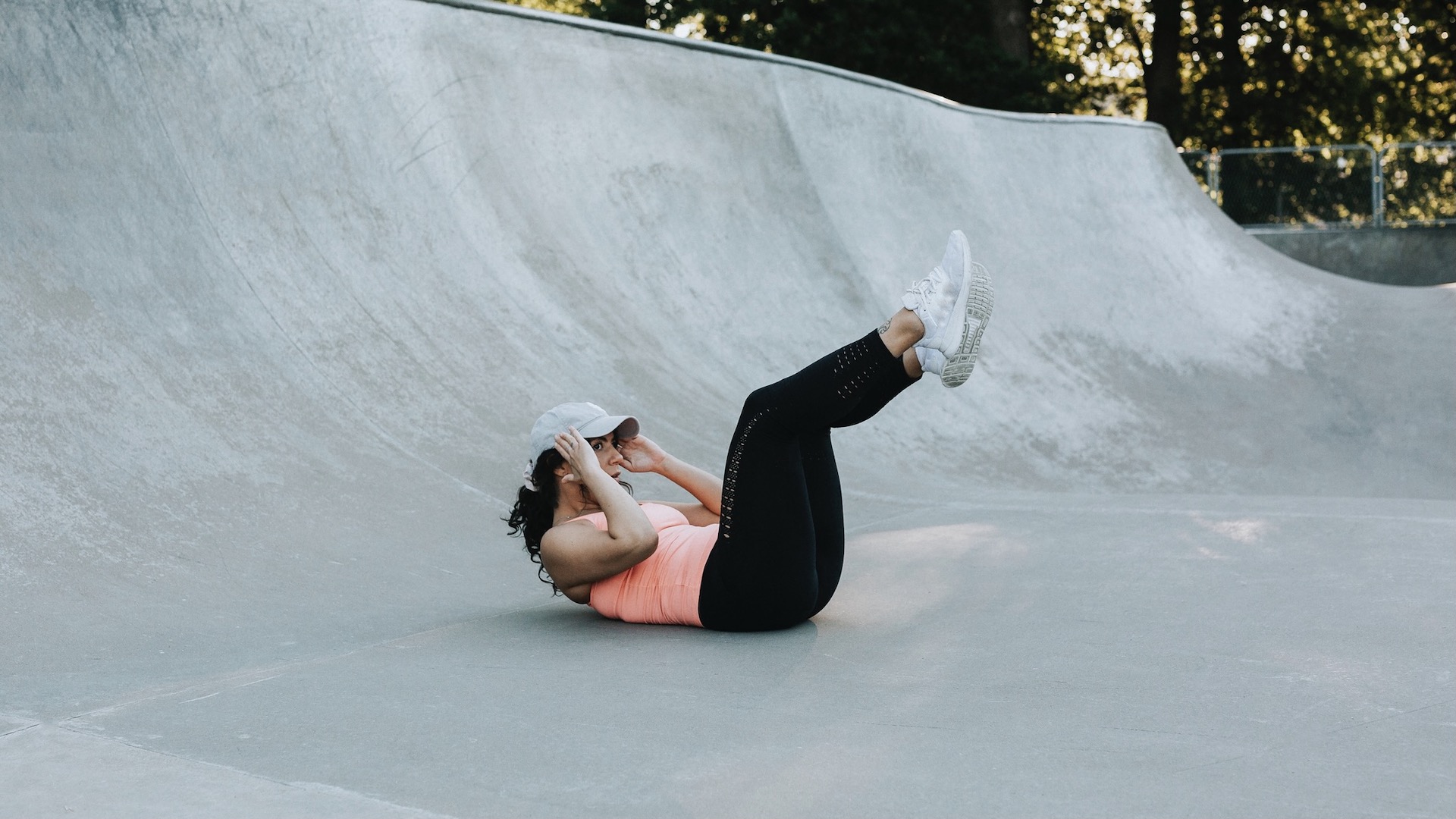
Crunch: Lifting your upper body works and strengthens the abdominal muscles, helping you to run faster and for longer.
Whether you’re doing straight crunches or oblique crunches, you should feel all your abdominal muscles firing up. But, specifically, it's rectus abdominis muscle and the obliques that are important to runners and better stability.
To perform a crunch: Lie on the ground on your back. Place your hands on the floor by your side. Inhale and contract your abs toward your spine.
As you exhale, lift your feet off the floor and raise your knees upward and inward toward your chest, keeping your knees at a 90-degree angle. Your hips should tilt inward to crunch your abdominal muscles.
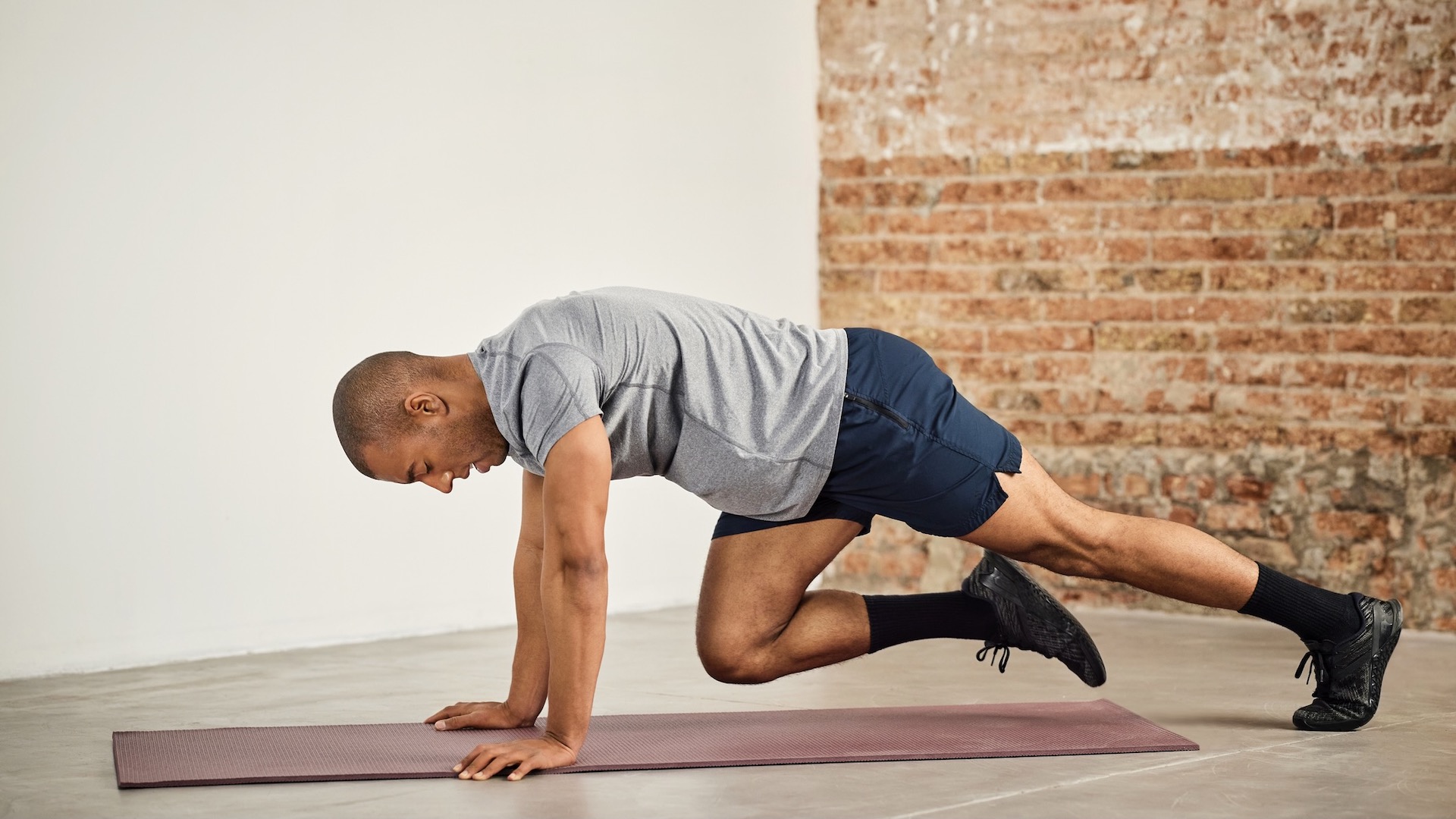
Mountain climber: This exercise combines the plank with knee movements, making it great for working the core.
To perform mountain climbers: Start with a stance that is similar to a plank. Then pull your right knee into your chest as far as you can. Switch legs, sending one knee out and bringing the other knee in.
Try to peep your hips down and then 'run' your knees in and out as far and as fast as you can. To breathe effectively, you can alternate inhaling and exhaling with each leg change
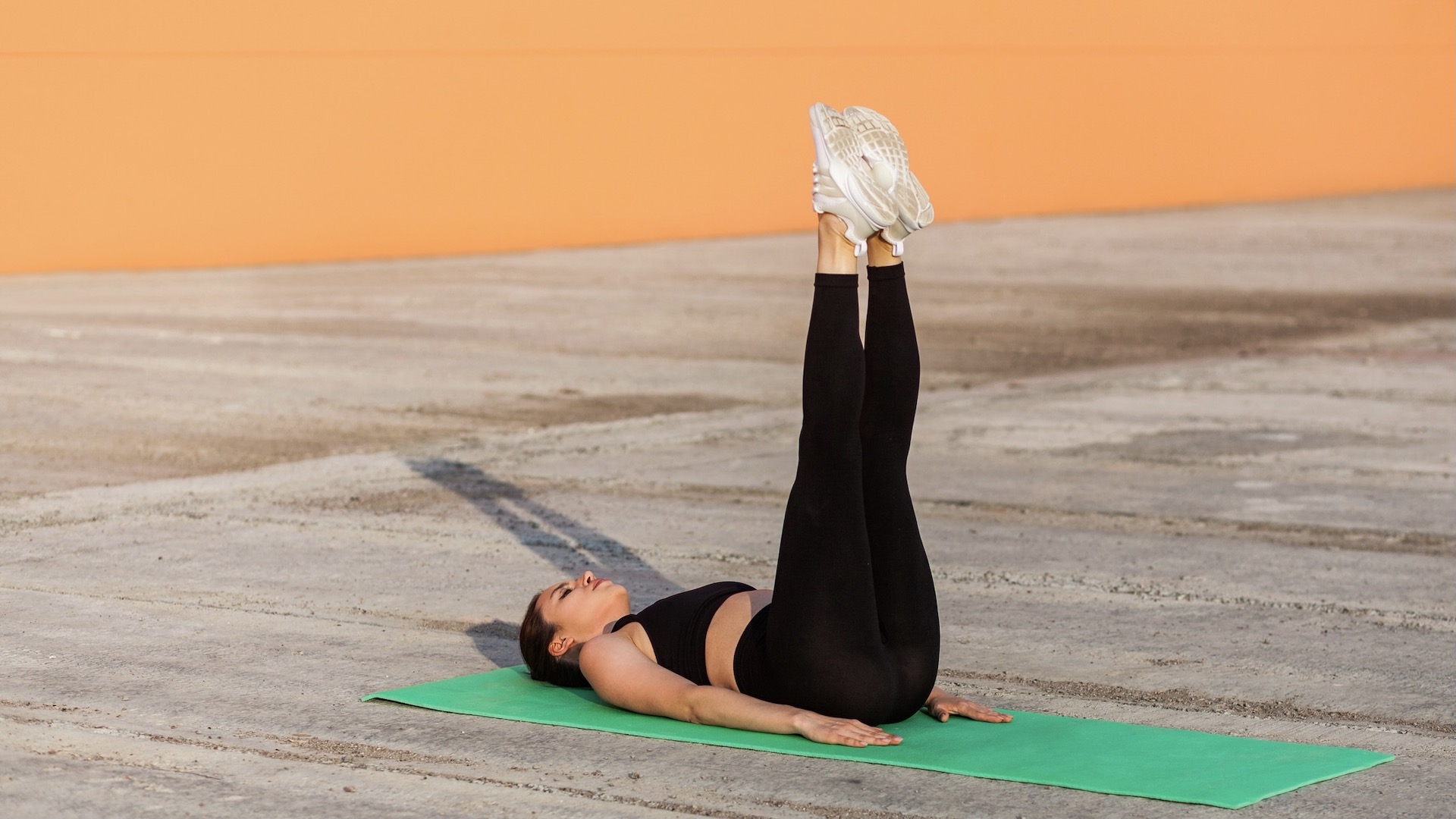
Lying leg raise: This exercise is excellent at incorporating your hip flexors into the abdominal equation. Due to the lower abdominals being targeted when performing this exercise, runners greatly benefit by improving their posture, which in turn enables them to run better, for longer periods of time.
To perform lying leg raises: This exercise is done by lying on your back, placing your hands either under your glutes for stabilization, or out to your side. Then slowly, with control, raise your straightened legs up to a 90-degree angle above your body, then slowly lower them back to the ground. Repeat this for your desired repetitions, and try to aim for at least three working sets.
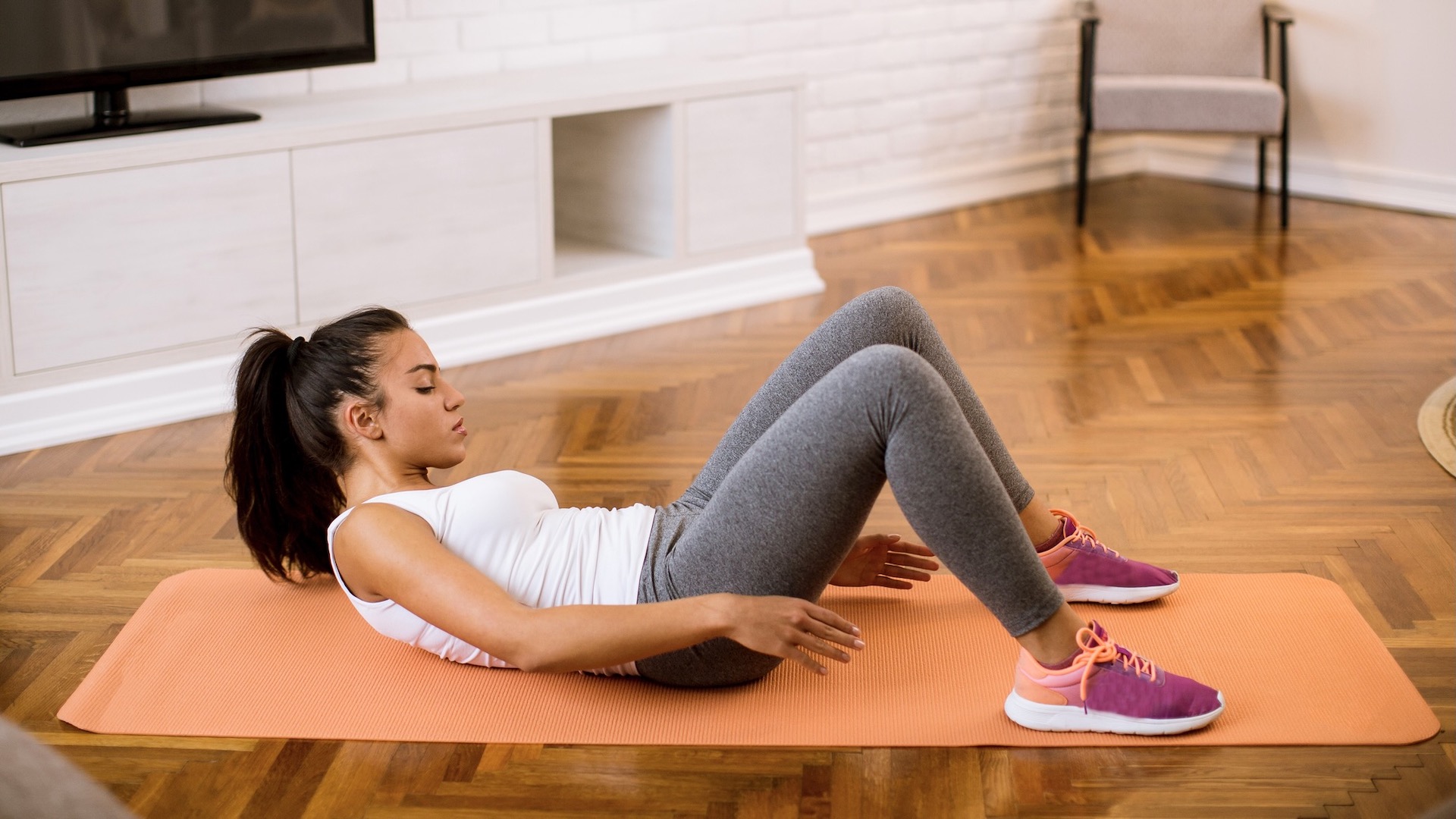
Heel taps: It is important to target the obliques, says Stone. She adds: “The importance of this, for sprinters in particular, is pivotal for improving both stride length and time during maximum velocity sprinting."
The unilateral movement exaggerates the oblique involvement, effectively performing a side crunch without the neck strain!
To perform heel taps: Lie flat on your back, knees bent, feet planted and hands by your side. Using your core, lift your head and shoulders from the mat slowly as you begin to reach for your right ankle with your right hand without twisting your body.
Be sure to swivel and pivot your upper body using your core to reach your heel each time. This is a low impact, but efficient oblique workout that any runner can benefit from.
- Best trail running shoes: find the perfect footwear for hitting the trails

Fiona Russell is a widely published adventure journalist and blogger, better known as Fiona Outdoors. She is based in Scotland and is an all-round outdoors enthusiast with favorite activities including trail running, mountain walking, mountain biking, road cycling, triathlon and skiing (both downhill and backcountry). Aside from her own adventures, Fiona's biggest aim is to inspire others to enjoy getting outside and exploring, especially through her writing. She is also rarely seen without a running skort! Find out more at Fiona Outdoors.
